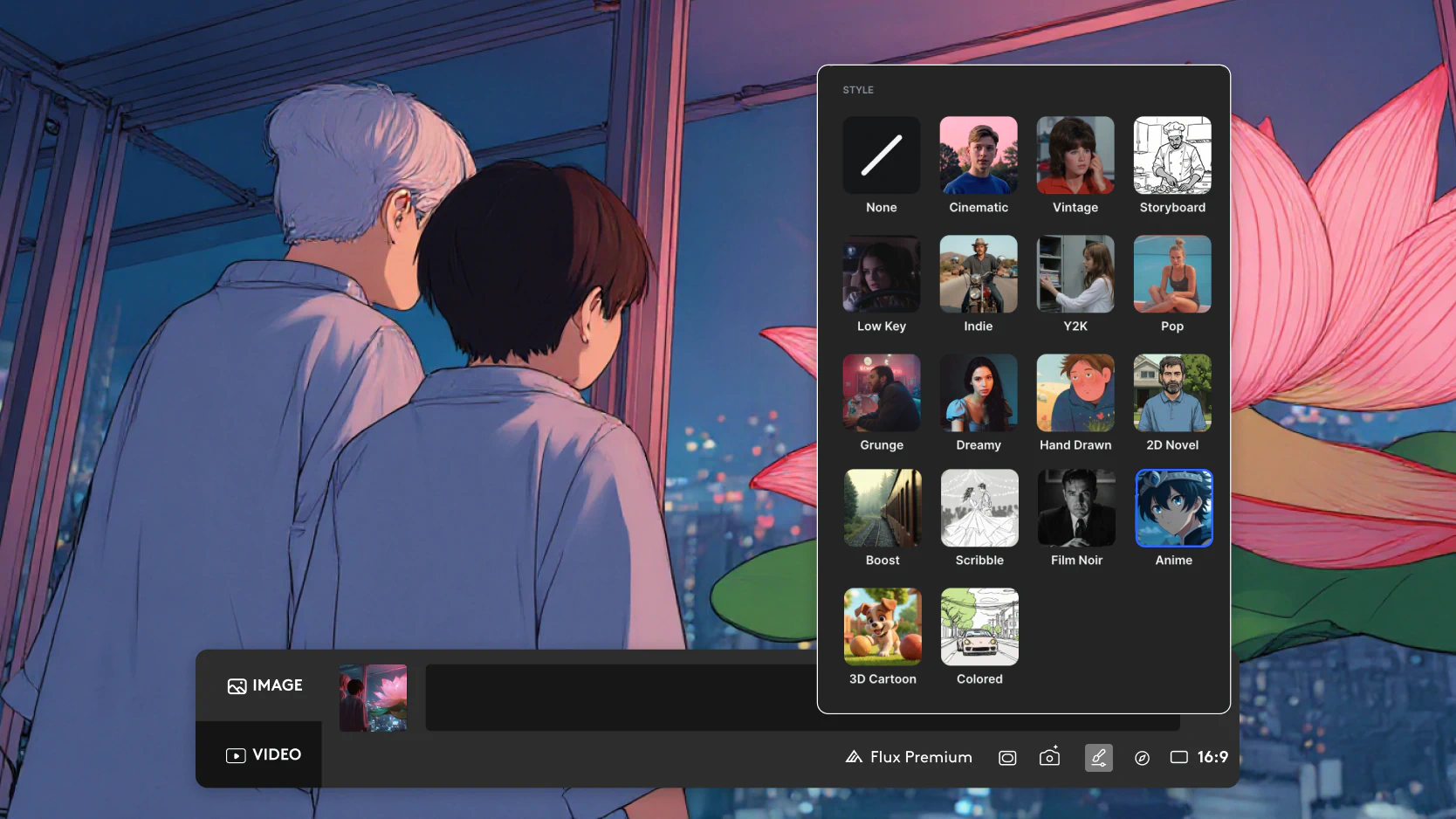The creative director shapes Nike’s “Just Do It” campaigns. Guides Apple’s minimalist product launches. Steers Netflix’s visual identity. This role turns creative chaos into brand stories.
What does a creative director actually do, and how can tools like LTX Studio support their vision? Let’s look at the role that runs the creative teams.
{{blog-banner-video01}}
What Does a Creative Director Do?
A creative director leads creative vision and strategy across projects, campaigns or brands. They manage creative teams including designers, copywriters and art directors. The role is big picture strategy with hands on creative direction.
Creative directors set creative direction from concept to execution. They make sure all output aligns with brand and campaign goals. The role balances client objectives with creative solutions.
Day to day responsibilities include reviewing work, giving feedback and guiding teams. Creative directors pitch concepts to clients. They solve creative problems when projects stall.
The role bridges business strategy and creative execution. Creative directors translate marketing objectives into visual stories.

Creative Director Meaning
The creative director meaning is both leadership and creative expertise. This senior role owns the overall creative vision for an agency, brand or production company. Creative directors make final decisions on creative direction and quality.
Now you know what a creative director is, it’s about orchestrating collaboration. They don’t create every asset personally. Instead they guide the team to produce work that serves the strategic goals.
The role requires strategic thinking and aesthetic judgement. Creative directors understand the target audience and market positioning. And they need refined taste and the ability to elevate the work.
Creative Director Definition
The creative director definition is the senior creative role that conceptualises and supervises creative projects. They lead the team through idea generation, development and execution. The role exists across agencies, production companies, brands and media organisations.
Creative directors manage multiple projects across different media. They might oversee video campaigns, print ads and social content. The role requires the creative vision to adapt across platforms.
In production environments creative directors shape the visual storytelling from storyboard to final cut. They guide cinematography and editing decisions.
Creative Director vs Art Director
Creative director vs art director clarifies the different roles within creative hierarchies.
Creative directors set overall creative strategy and vision. They manage multiple art directors, copywriters and specialists. Focus on big picture direction across projects. Lead client presentations. Make final creative decisions.
Art directors execute the visual aspects of specific projects. They create layouts, select imagery and design visual elements. Focus on craft and visual problem solving. Report to creative directors.
Career progression often moves from art director to creative director. Art directors develop technical skills. Creative directors add strategic thinking and leadership abilities.
The relationship is collaborative. Creative directors provide the vision. Art directors bring that vision to life through detailed execution.
Creative Director Skills
Essential creative director skills are creative abilities, leadership qualities and business acumen.
Creative vision means seeing potential in concepts and guiding the team towards execution. Creative directors spot strong ideas and know how to develop them. They maintain aesthetic standards.
Leadership abilities include managing teams and giving feedback. Creative directors mentor junior creatives. They create an environment where ideas can flourish.
Strategic thinking connects creative work to business objectives. Creative directors understand how creativity drives results. They align creative decisions with brand goals.
Communication skills enables effective collaboration with clients and teams. Creative directors articulate the vision clearly. They present ideas persuasively.
Project management keeps multiple projects moving efficiently. Creative directors balance timelines, budgets and resources. They prioritize without compromising quality.
Industry knowledge includes understanding trends and emerging technologies. Creative directors stay up to date with design trends and production techniques.
Problem solving solves creative problems when projects hit a wall. Creative directors find solutions that satisfy the client while maintaining creative integrity.
Creative Directors and LTX Studio
LTX Studio allows creative directors to visualize concepts quickly. Generate visual storyboards that communicate the vision to clients and teams. Test multiple creative directions before committing resources.
Create comprehensive pitch decks with mood boards and visual references. The platform accelerates iteration during development. Guide production teams with clear visual references that communicate the creative intent.
This means creative directors can focus on strategic decisions rather than manual visualisation work.
Conclusion
Creative directors run the creative teams and vision across projects and brands. The role is big picture strategy with aesthetic judgement. From advertising campaigns to film production, creative directors shape how brands and stories reach the audience.
With LTX Studio, creative directors get the tools to accelerate development and communication. Modern platforms enable efficient ideation, so creative leaders can guide the team to great work.
Heading
November 10, 2025
















.png)







